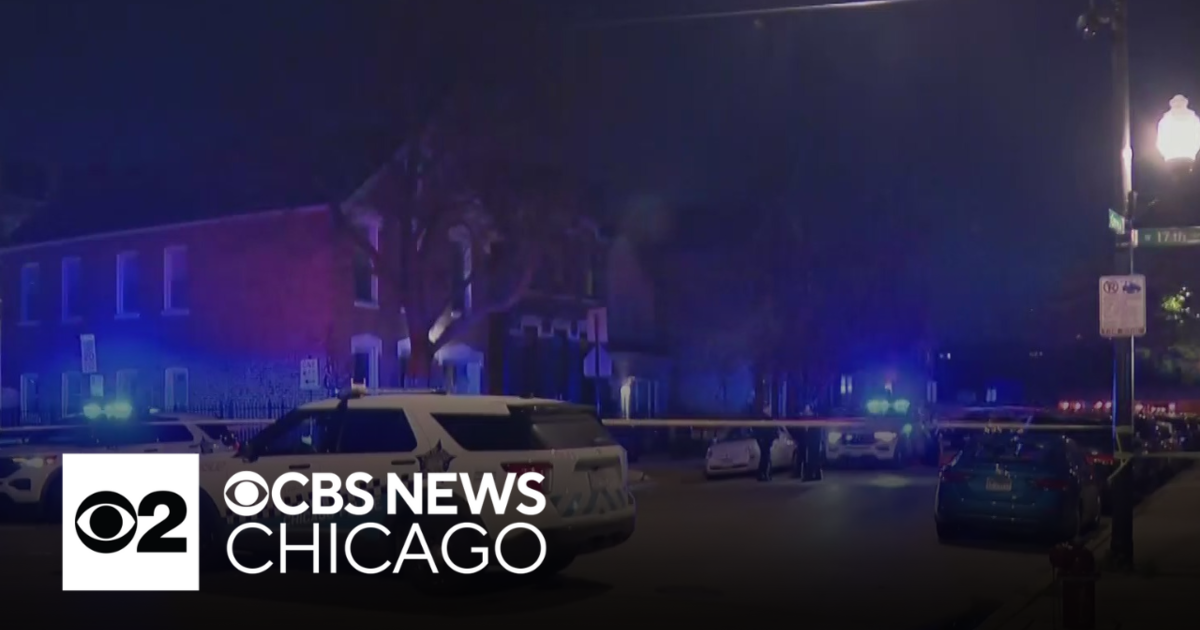Chicago History Lover's Guide To The Auditorium Building
The brainstorm of Chicago businessman, Ferdinand Peck, the Auditorium Building was designed as a multi-function building included a first class, 400 room hotel, an opulent 4,200-seat theater, an office building with a 17-story tower, and commercial storefronts on the ground level. Construction was completed in 1889, and the project quickly became a momentous feat in modern architecture. Here are just some of the aspects of the Auditorium Building that have made it so extraordinary.
50 E. Congress Parkway
Chicago, IL 60605
(312) 341-2310
www.auditoriumtheatre.org
Electric Lighting
In today's world with fascinating robotics and ever evolving technology, it's easy to take something like electric lighting for granted. But in the late 1800's, the standard source of lighting in homes and in businesses was with gas lamps. Yet, the Auditorium Building was one of the very first wired with electric lighting, and the majestic Auditorium Theatre was the first ever to be illuminated entirely by incandescent light bulbs. The building was also one of the first to include an air conditioning system and fireproofing - something that had become much more of a concern following the Great Chicago Fire.
The Auditorium Building was the tallest, largest and heaviest building constructed at that time in the city of Chicago, and one of the largest buildings in the entire country. Utilizing load-bearing masonry walls, the Auditorium Building reached new heights, quite literally, and also incorporated some of the first hydraulic elevators making it possible to make it all the way up to the 17th floor of the tower with minimal physical exertion. The building was made so well in fact, that in the 1930's when it had fallen into disuse and disrepair, it was determined that it would be "too expensive to destroy." Fortunate to have dodged the destruction bullet, the Auditorium Building was granted National Historic Landmark status in 1975.
In the early 1940's, the Auditorium Theatre was taken over by the City of Chicago as used by the United Service Organization (USO) as a World War II Servicemen's center. The once lavish stage had even been converted in to a bowling alley, and before the building and theater's roles were to change drastically once again, more than two million troops passed through.
Related: Best Historic Landmarks In Chicago
After World War II had finally ended, Roosevelt University purchased the Auditorium Building in 1946. Once again since its creation, within the heady, protective walls of this structure, history was being made once again as Roosevelt University's mission was to make higher education available to any and all students who qualify academically, and regardless of their race, gender, age, or socio-economic status, a groundbreaking stance. Along with an additional campus in the Chicago suburbs, Roosevelt University is still thriving today in its Auditorium Building home.
Although it might have seemed impossible to some after so many years of neglect, the Auditorium Theatre was renovated in 1967, revitalizing the space and returning it to its original splendor. As the lights warmed the stage once again, artists like Jimi Hendrix, The Doors, Aretha Franklin, Elton John, Ray Charles and so many more performed there, in addition to classic musicals like Les Miserables and Phantom of the Opera, and ballets dance troupes as well. Even Hollywood visited as well, as parts of the movie 'The Untouchables' were filmed in the Auditorium Building's stately lobby.



